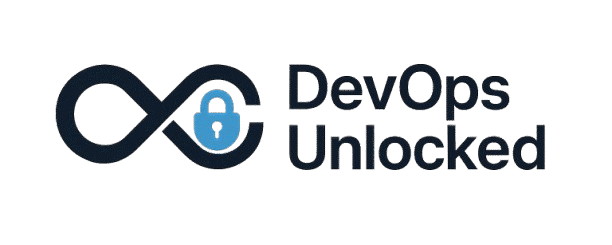Let’s get one thing straight: if you’re using the :latest tag for container images in any environment beyond your local laptop, you’re committing professional negligence. I’ve walked into too many “production is down” emergencies where the root cause wasn’t a bug, but a completely untraceable deployment process built on this flimsy foundation. It’s the equivalent of playing Russian Roulette with your infrastructure.
The core of the problem is that :latest isn’t a version; it’s a moving pointer. It’s whatever image was last pushed to the registry with that tag. When you deploy :latest, are you getting the feature branch you just merged? Or are you getting the half-finished code your colleague pushed a minute ago without telling anyone? When your application starts throwing errors at 3 AM, how do you even know what code is running? You can’t. You’re flying blind, trying to debug a ghost. Rollbacks become a panicked guessing game instead of a deterministic, controlled action.
My blueprint for sanity is built on a non-negotiable principle: every artifact deployed to production must be immutable and directly traceable to the source code that built it. The simplest and most robust way to achieve this is to tag your Docker images with the Git commit SHA. This creates an unbreakable link between the code in your repository and the image running in your cluster. There is zero ambiguity.
A CI/CD pipeline should enforce this discipline automatically. In GitLab CI, for instance, it’s a one-liner:
# .gitlab-ci.yml
build_image:
stage: build
script:
- docker login -u $CI_REGISTRY_USER -p $CI_REGISTRY_PASSWORD $CI_REGISTRY
# The commit SHA guarantees this image is unique and traceable
- docker build -t $CI_REGISTRY_IMAGE:$CI_COMMIT_SHORT_SHA .
- docker push $CI_REGISTRY_IMAGE:$CI_COMMIT_SHORT_SHA
The payoff here isn’t just a best practice; it’s operational control. When an issue arises, kubectl describe pod gives you the image tag, which is the exact commit SHA. You can instantly check out that specific commit and know, with 100% certainty, the state of the code that is failing. Your rollbacks are no longer a shot in the dark; you’re simply deploying the previously known-good SHA. This isn’t just about clean pipelines; it’s about building a system that is debuggable and survivable under pressure.
Stop gambling with your deployments. Build traceability into the core of your process, and you’ll sleep better at night.
If your team is wrestling with these kinds of foundational problems, I specialize in building systems that are secure, scalable, and audit-ready from day one.
Email me for a strategic consultation: [email protected]
Explore my projects and connect on Upwork: https://www.upwork.com/freelancers/~0118e01df30d0a918e

